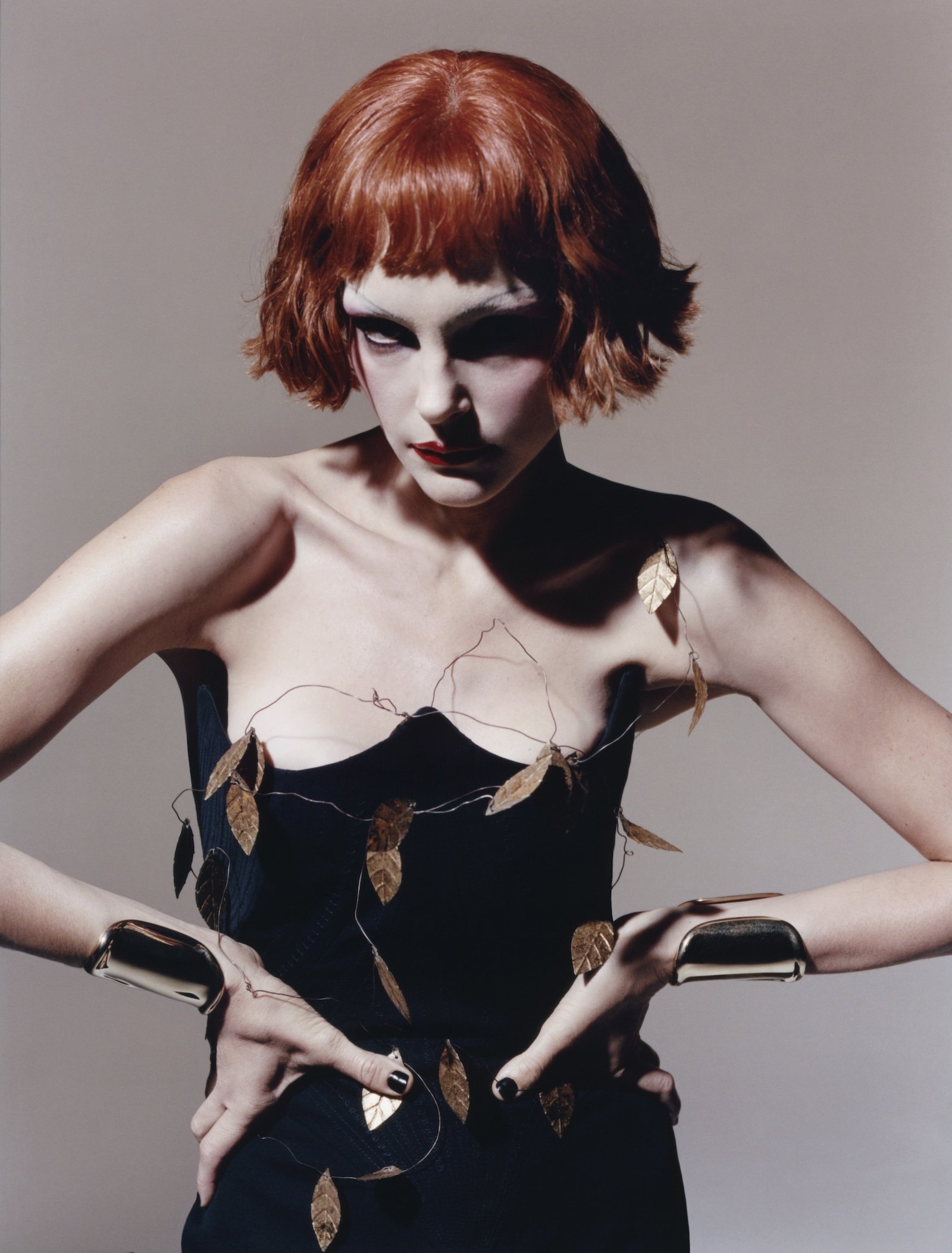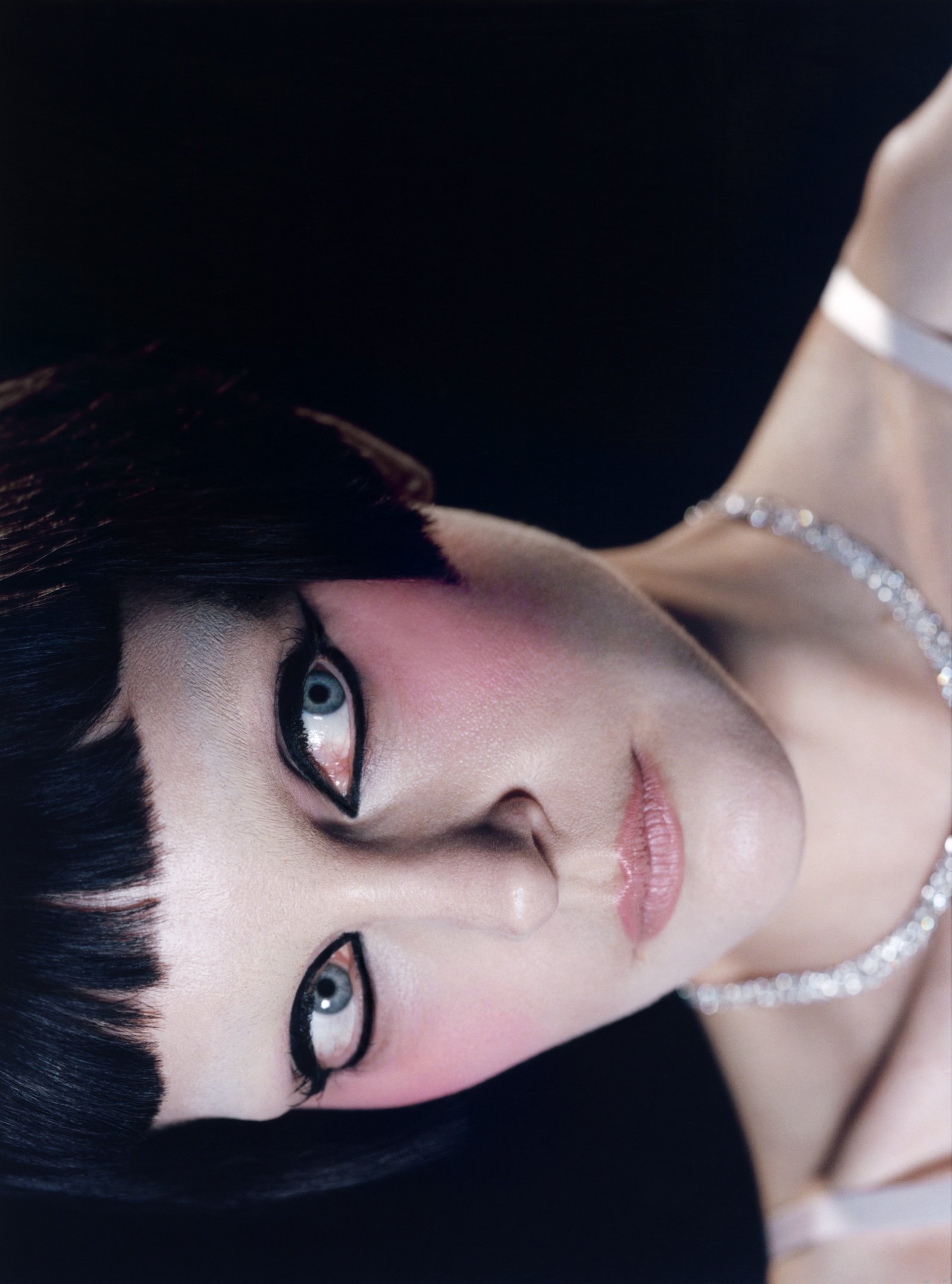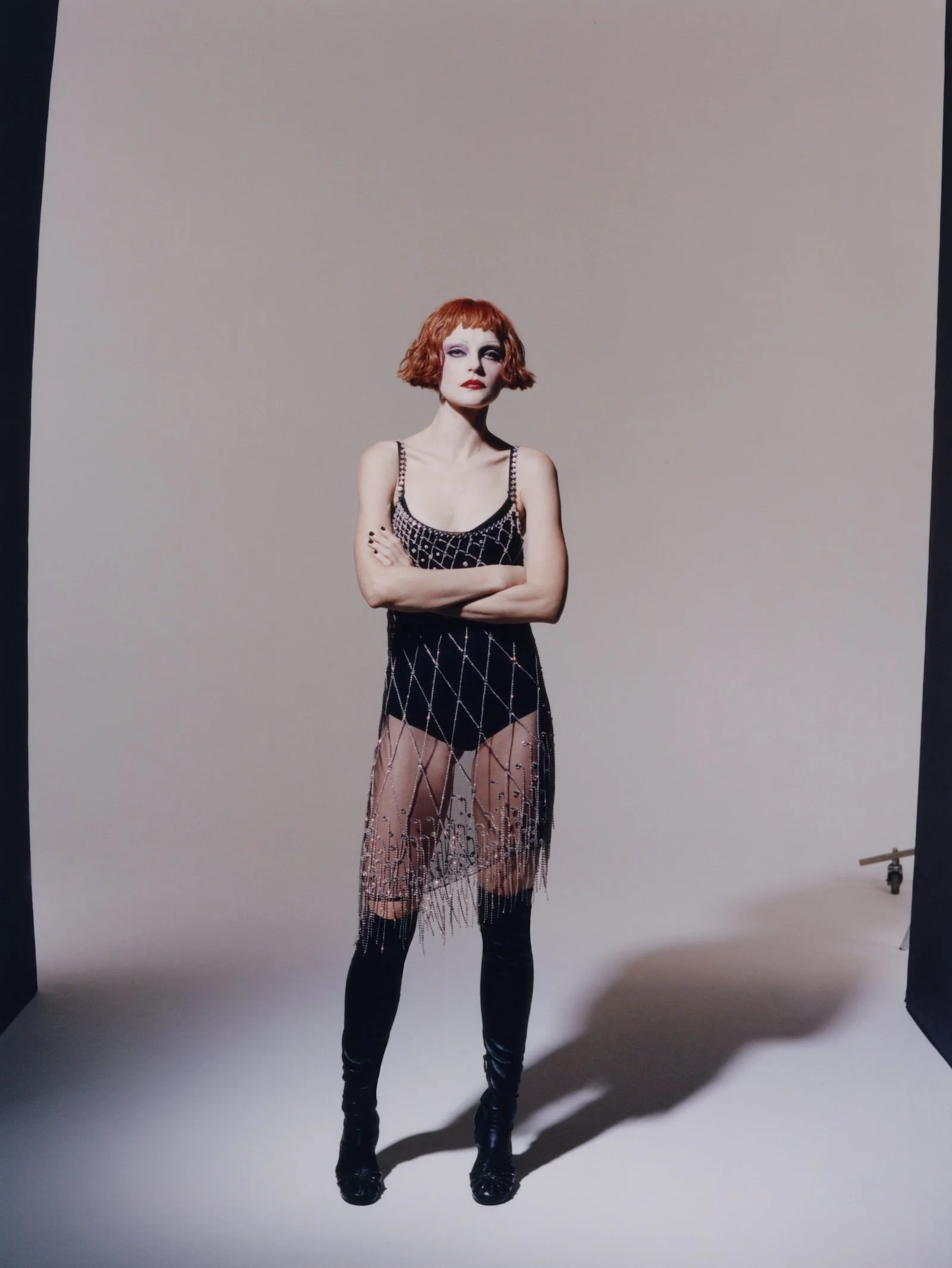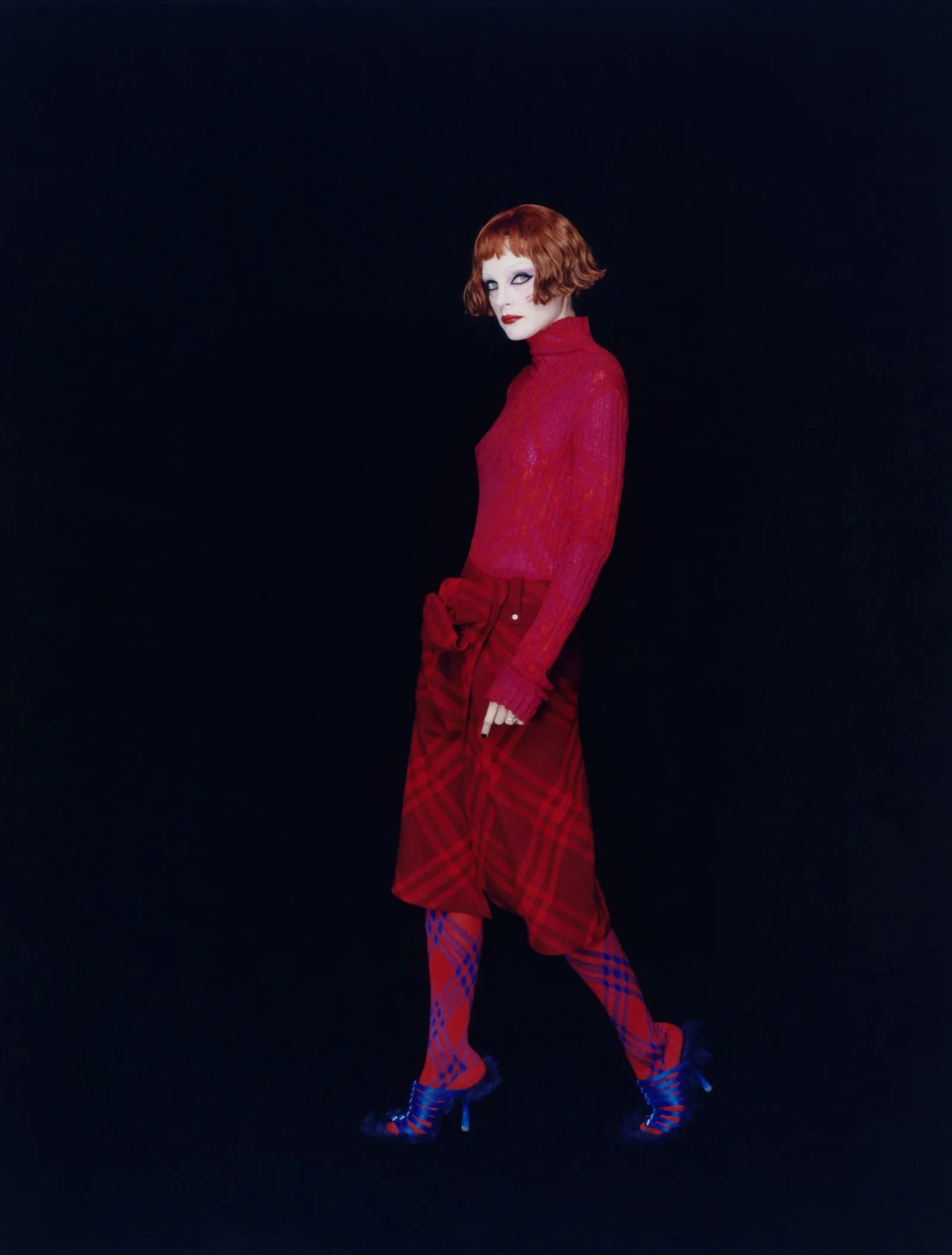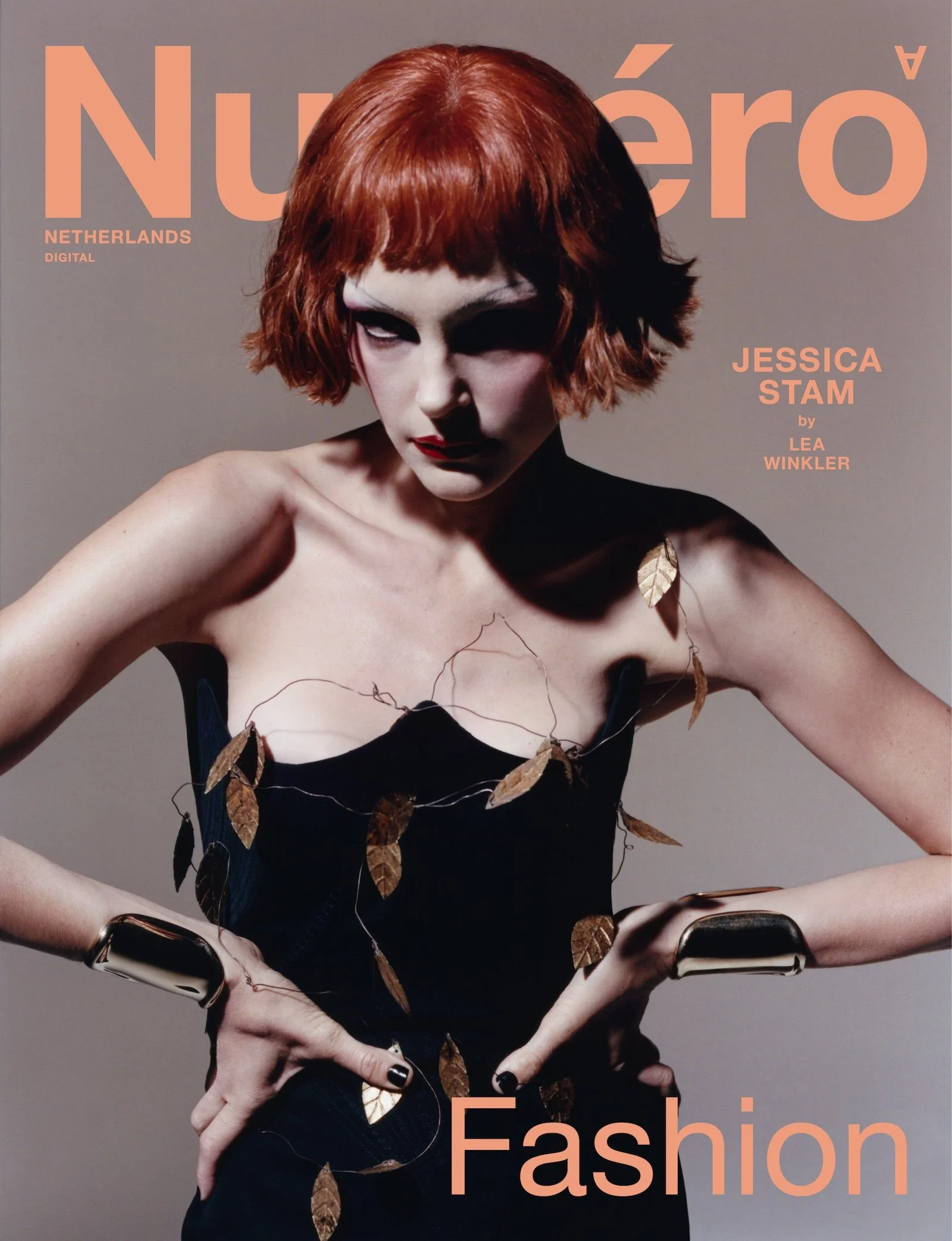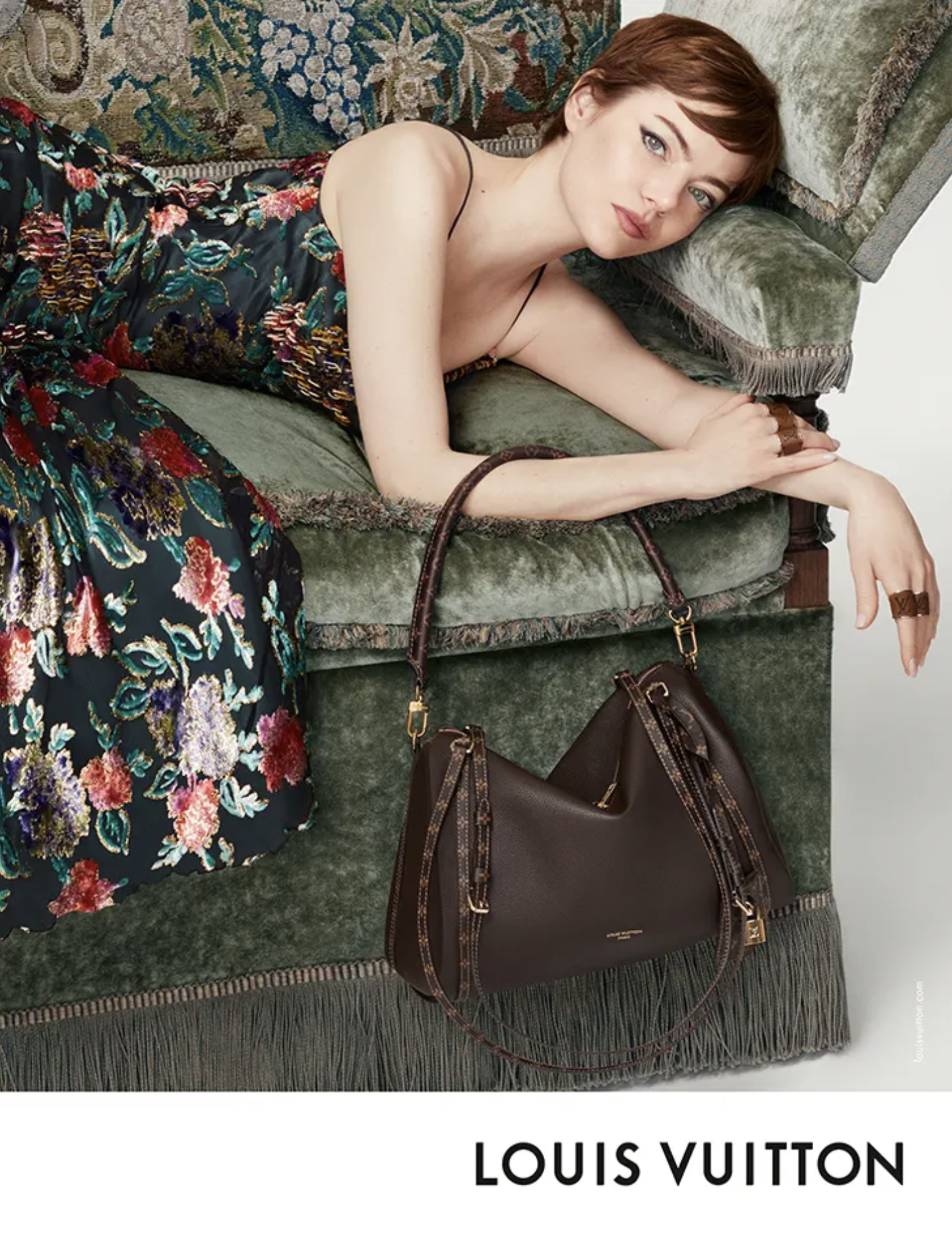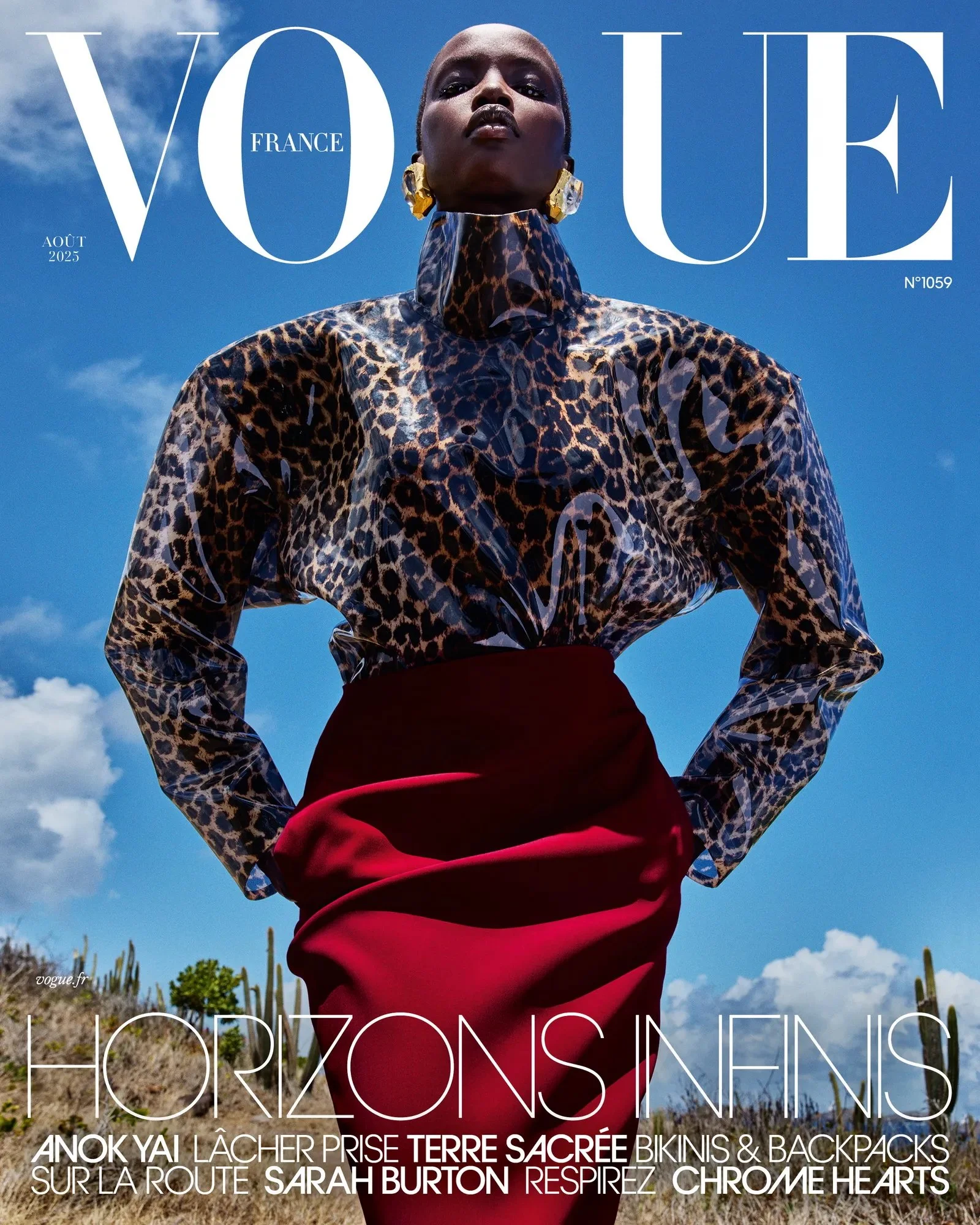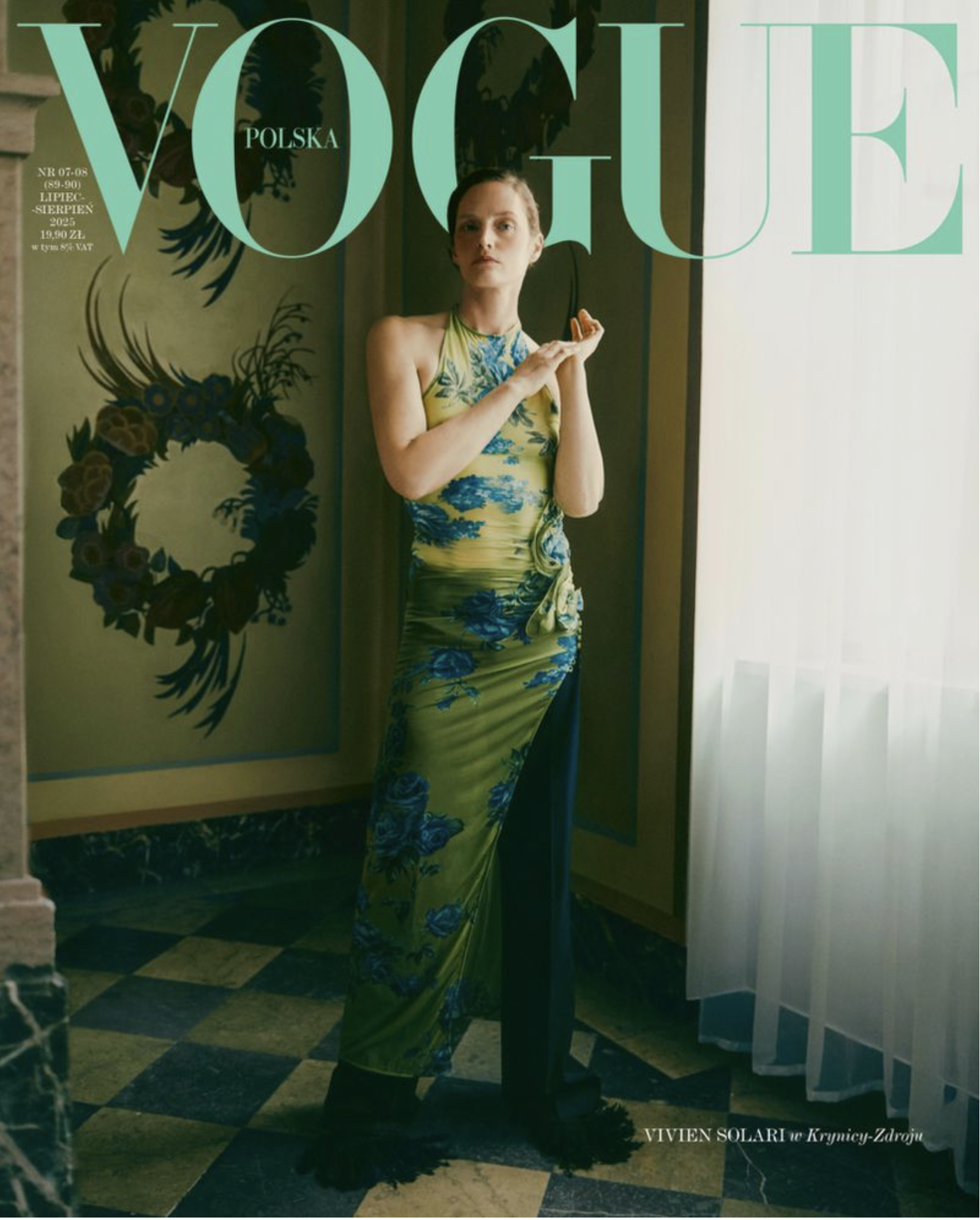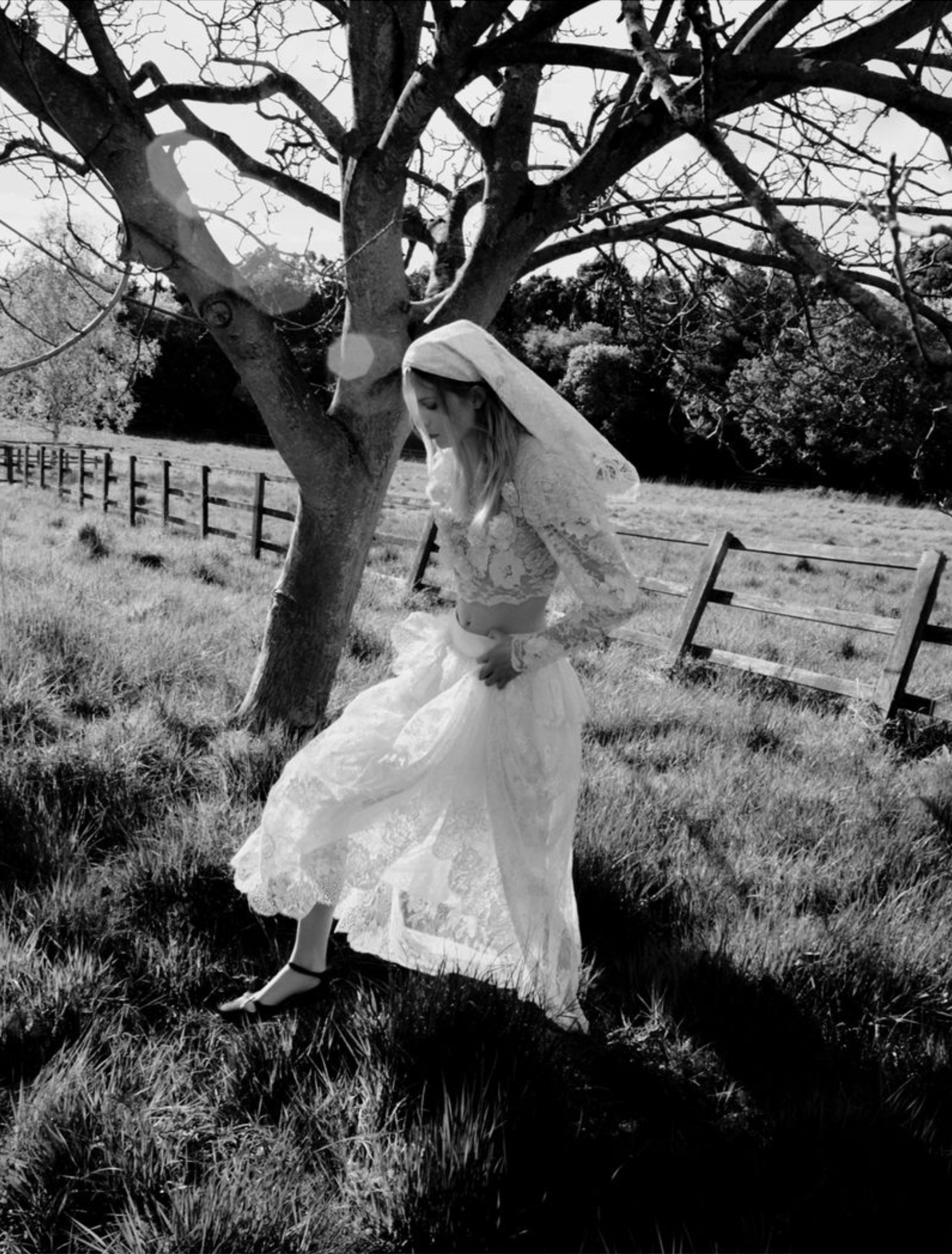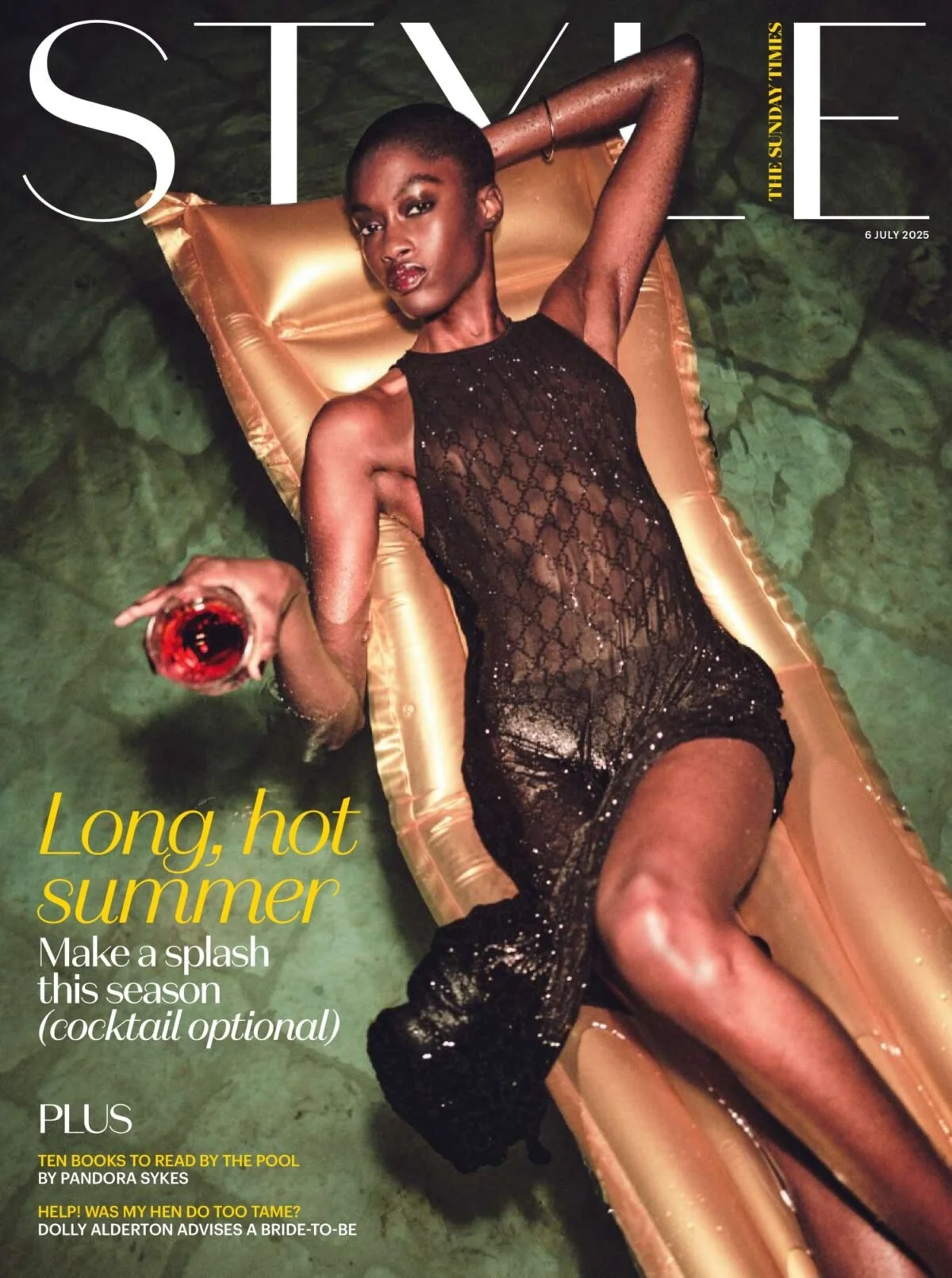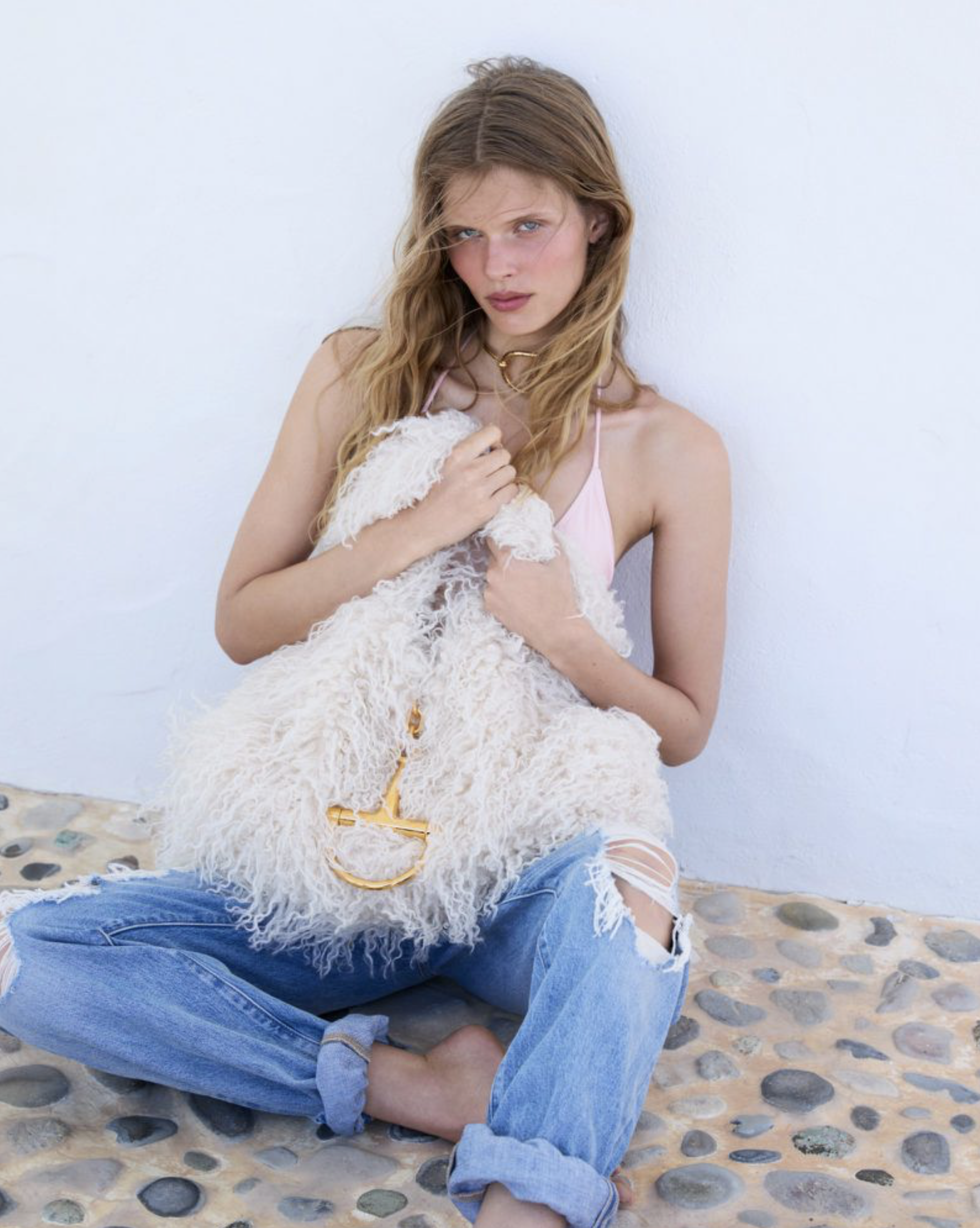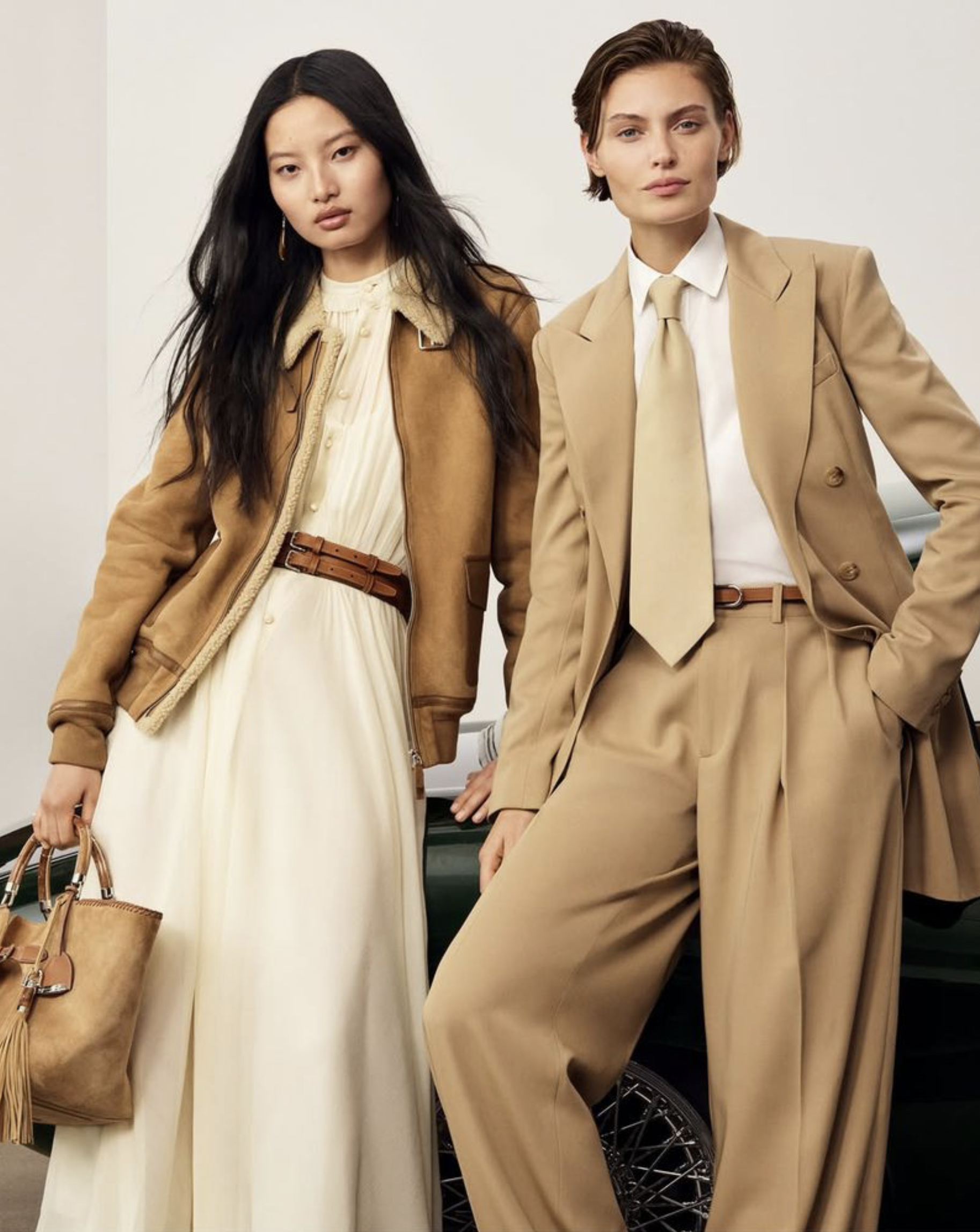Jessica Stam's Doll-Face Vibe by Lea Winkler for Numero NL November 2023
/Most fashionistas believe Canadian model Jessica Stam owes her major success to Marc Jacobs. Designers have their fav models, but when yours names a bag after you — The Marc Jacobs Stam — that relationship is rock solid.
It’s so solid that Marc Jacobs reissued a refreshed version of the Marc Jacobs Stam bag in spring 2023.
It takes Numero Netherlands [IG] November 2023 issue to broaden the Jessica Stam story, reminding us that Steven Meisel gave Stam really big breaks, when he shot her for two Italian Vogue covers and cast her in all of his ad campaigns.
Numero NL also recalls a group of models called ‘doll faces’ and Stam was a member. Other doll faces on an incomplete list are Abbey Lee, Caroline Trentini, Chanel Iman, Gemma Ward, Lily Cole, Lily Donaldson, Lindsay Ellingson, Sasha Pivovarova.
It takes a nanosecond to read ‘doll face’, turn to Jessica Stam’s images and not get a larger message. AOC admits that simple act is brain-wired in this website.
Creative director Ryan Luca [IG] did not consult us on his Jessica Stam story. But the entire team nailed the ‘2000 doll face models’ idea. Lea Winkler [IG] is the photographer, with styling by Nata Bocha [IG]./ Hair by Hiro + Mari; makeup by Jezz Hill
Luxury brands include Alexander McQueen, Burberry, Dsquared2, Giorgio Armani, Prada and more.
Our view is that historically, doll faces are an ironic fashion industry choice, following the blockbuster influence of the supermodels. Perhaps it was yet another way of cutting the legendary supermodels down to size.
The hair, makeup and lingerie looks in this story recall 1920s ‘flapper fashion’ led by Coco Chanel. The style embraced pants and an androgynous appearance, and — infamously — a bob haircut. In Coco’s case, shortly after meeting the charismatic and married 2nd Duke of Westminster during a memorable 1923 dinner in Monte Carlo, she began raiding his closet, loving the look of dressing like a man.
Characterized by their iconic bobbed hairstyles, short skirts, and bold attitudes, flappers challenged traditional norms in multiple aspects. They rejected the Victorian ideals that had dominated the previous era, refusing to adhere to the notion that women should be modest, self-effacing, and focused solely on domesticity.
They definitely rejected the idea that a male God was monitoring their every move, and sending them to hell without a second thought, if the flappers got out of line.
Flappers were known for their progressive outlook on life, embracing jazz music, dance, and late-night parties. They were often found frequenting speakeasies, underground illegal bars, during the era of Prohibition. These venues provided the perfect backdrop for flappers to engage in activities deemed scandalous back then, such as smoking cigarettes, consuming alcohol openly, and engaging in casual dating and pre-marital sex.
This newfound freedom extended beyond their social lives. Flappers enthusiastically participated in sports, including golf, tennis, and swimming, challenging traditional beliefs that physical activity was inappropriate for women. They also sought financial and professional independence, entering the workforce and pursuing careers rather than solely relying on marriage for economic security.
In addition to their lifestyle choices, flappers embodied a spirit of rebellion and defiance against societal norms that sought to suppress women's voices. They confidently expressed their opinions, challenged conventions, and sought equality in a variety of contexts, from fashion to social and political issues.
The flapper movement was launched by urban, middle-class American women, while many working-class women and those in rural areas continued to adhere to more traditional gender roles. Many had no choice.
‘Flapper’ is an American term but the influence spread wildly in Europe under different names. Women of color — long associated with the Jazz Age — were well-represented as flappers.
Probably top of the list was America’s Missouri-born Josephine Baker, who took Paris by storm in 1927 and moved to France for her entire adult life. Many talented American artists moved to France, where the culture was much more welcoming. Perfect? No, but much better than in America.
By the end of the 1920s, the influence of flappers started to wane. The Great Depression and the subsequent conservative atmosphere of the 1930s led to the reemergence of more conservative ideals.
However, the flapper era remains a significant and emblematic period in women's global history, representing a time of rebellion, empowerment, and the breaking of societal boundaries. The truth is we need the flapper spirit now more than ever.
The supermodel and sex positive activist Anja Rubik led the crusade to restore body autonomy for women and the LGBTQ+ community in Poland — with major elections wins last month on October 15, 2023. We all need to be like Anja.
As for this Numero Netherlands fashion story about Jessica Stam and the doll faces, this talented creative team delivered unadulterated excellence. ~ Anne

